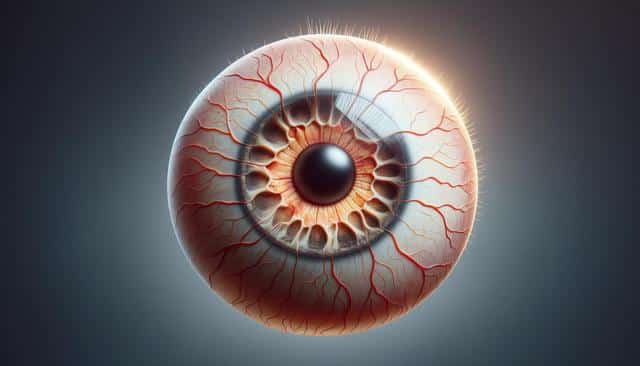Understanding Age-Related Macular Degeneration (AMD)
Age-Related Macular Degeneration (AMD) is a medical condition that primarily affects individuals over the age of 50, resulting in the deterioration of the macula, a small spot near the center of the retina responsible for sharp and central vision. AMD is classified into two types: dry and wet. While the dry form is more common and progresses slowly, the wet form is less frequent but can lead to rapid vision loss. Recognizing the early signs of AMD, such as blurred vision or difficulty recognizing faces, is crucial in managing the condition effectively. Regular eye check-ups and early diagnosis can significantly impact the treatment outcomes and help in slowing down the progression of the disease.
Preventive Measures and Lifestyle Modifications
While there is no cure for AMD, adopting certain lifestyle changes can contribute to reducing the risk or slowing the progression of the disease. A diet rich in leafy greens and fish, which are high in omega-3 fatty acids, is shown to be beneficial. Additionally, maintaining a healthy weight, regular physical activity, and the cessation of smoking are pivotal in managing AMD. Protecting your eyes from ultraviolet sunlight by wearing sunglasses and hats is also advisable. Antioxidants and vitamins such as C, E, and zinc can play a protective role in eye health. It may be beneficial to consult a nutritionist for personalized dietary advice that supports eye health.
Medical Treatment Options for AMD
There are several medical treatments available for managing AMD, especially its wet form. Anti-VEGF (vascular endothelial growth factor) injections are a common treatment, as they help to slow the growth of abnormal blood vessels in the eye. Laser therapy is another option, used to destroy these abnormal vessels directly. For those with the dry form, taking AREDS (Age-Related Eye Disease Study) supplements may help slow progression. A thorough discussion with an ophthalmologist can provide insights into the most appropriate treatment plan based on the individual’s specific condition and health status.
Assistive Devices and Vision Rehabilitation
As AMD progresses, it can significantly impact the quality of life. However, various assistive devices can aid those with vision loss to lead more independent lives. These include magnifying glasses, specialized reading lamps, and digital applications designed to enhance text size and readability. Vision rehabilitation programs offer training to optimize residual vision and learn new ways of completing daily tasks. Support groups and counseling are also valuable resources for individuals and families navigating the challenges associated with vision loss due to AMD.
Staying Informed and Proactive
Being informed about AMD and actively participating in one’s eye care can make a substantial difference in managing the condition. Keeping abreast of the latest research and advancements in treatment can empower individuals to make informed decisions regarding their eye health. Regular consultations with healthcare professionals, not just eye specialists, but also general practitioners and dietitians, can ensure a holistic approach. Adopting a proactive mindset towards health can foster a supportive environment for managing AMD effectively.
Conclusion
Age-Related Macular Degeneration is a challenging condition, but with early detection, lifestyle adjustments, and appropriate medical interventions, it is possible to manage its effects and maintain a good quality of life. A comprehensive approach that includes dietary changes, medical treatments, and assistive technology can significantly help in preserving vision and promoting independence. Staying informed and engaged in one’s care journey is essential in navigating the complexities of AMD. For individuals experiencing symptoms or with a family history of AMD, regular eye examinations are key for early intervention and management.
